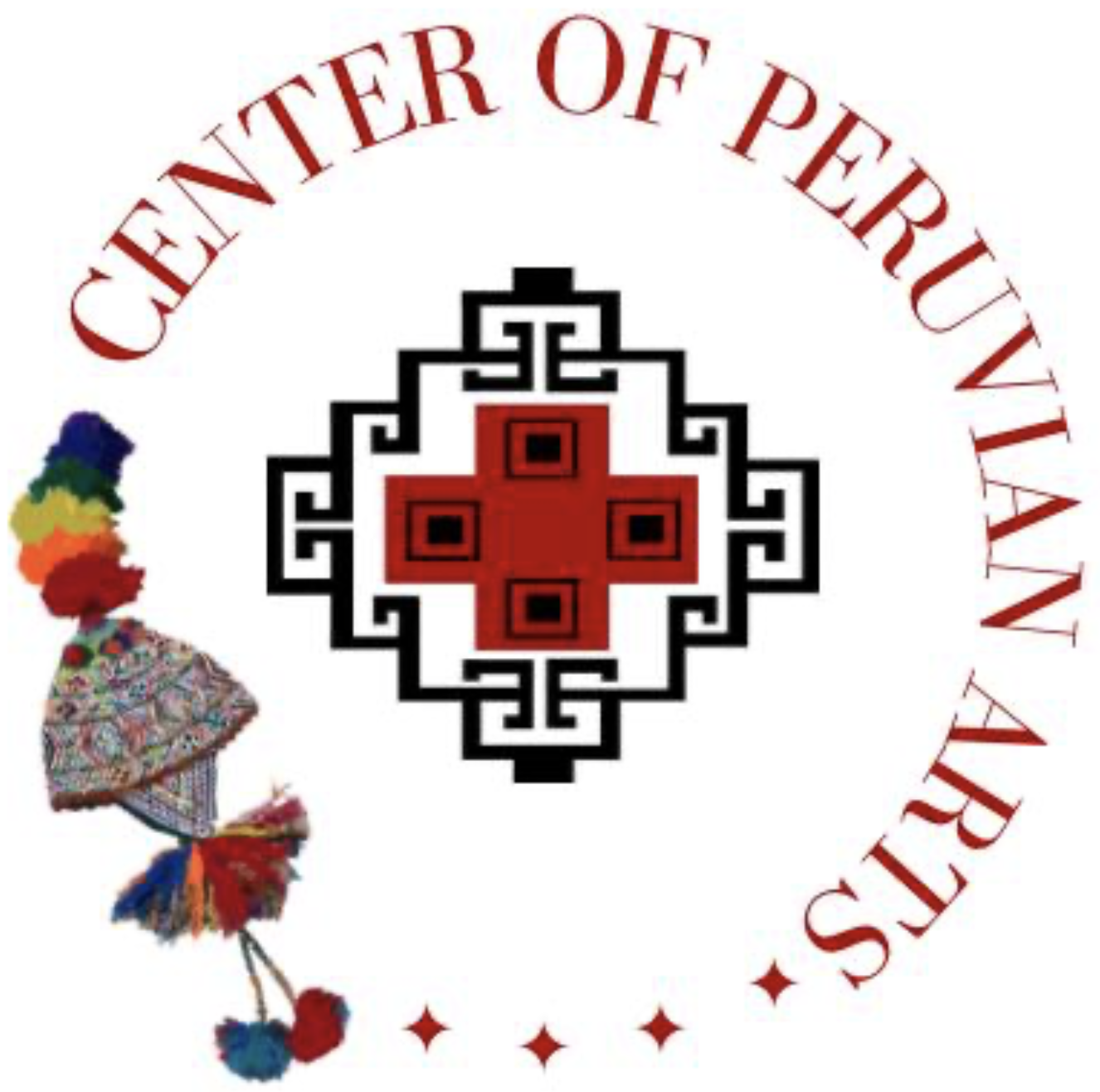3. Values
We wish to become the pilot center for Peruvian culture in Chicago and the United States, in arts education, conservation, research, exhibition, and dissemination in the Chicago community.
A) Fundamentals of Cultural Values
1) Produce Spaces with Projections in Time
As of 2022, The Center of Peruvian Arts does not own a building. However, it may rent the facilities of the Dance Conncection Studio to carry out the educational and artistic activities that are planned. The studio is equipped with technical infrastructure to enhance the experience of the Center and can help extend that experience to the community outside the building.
The Center of Peruvian Arts has an efficient and effective administration for educational programs and events.
The Center of Peruvian Arts will be supported by a more profound and more influential network of supportive relationships, with individual donors, volunteers, and the local business community.
2) Improve organizational capacity.
COPA will consider creating a staffing plan for consistent compensation policies and requirements.
Evaluate and create business planning to assess the strategic, financial, and human resource implications of the programs.
Project five years ahead in financial planning.
Implement new methods and procedures to obtain an adequate work environment that provides exceptional results for the personnel and clients throughout the organization.
Properly conduct training for front-line staff (customer service, faculty, and essential volunteers) to provide complete and appropriate customer service.
Preserve a friendly and welcoming environment that encourages the dissemination of the values.
3) Give a Significant Distinguished Education
In 2022, the Center of Peruvian Arts will offer programs that show the soul of the heritage of the Peruvian arts that we promote. The variety of programs will be intertwined with the roots that support them and, at the same time, with the environment. Learning at the Peruvian Art Center will offer significant experience in creating art based on the past, practicing in the present, and projecting it for the future enriching the student experiences.
The instructional design provides indigenous techniques applying decolonization way for cultural understanding.
4) Unify and Preserve the Audiences, New and Old
We want to promote diversity and multiculturalism, different races, generations, and skills. With a great strategy, we are going to be attracting more participants conserving the existing participants and creating new programs to benefit the community. Connect with other organizations with the same mission of educational cultural artistic progress in the community.
b) Relationship of our Institution to the community.
Improve internal dialogue - create an adequate model of values of peace, harmony, and creativity to offer an excellent service.
Offer an open window to receive and respond to criticism for better performance.
Align precise coordination between the participating parts of a program or events to be held.
Create and make various standards to accumulate external communication.
Present a system that is committed to developing issues with publishing institutions in the educational community.
Develop electronic communication to measure the need as a strategy to enhance interaction between the community.
Register the role of cultural promoters of knowledge to flourish new strategies in society against the preservation of world cultures.
